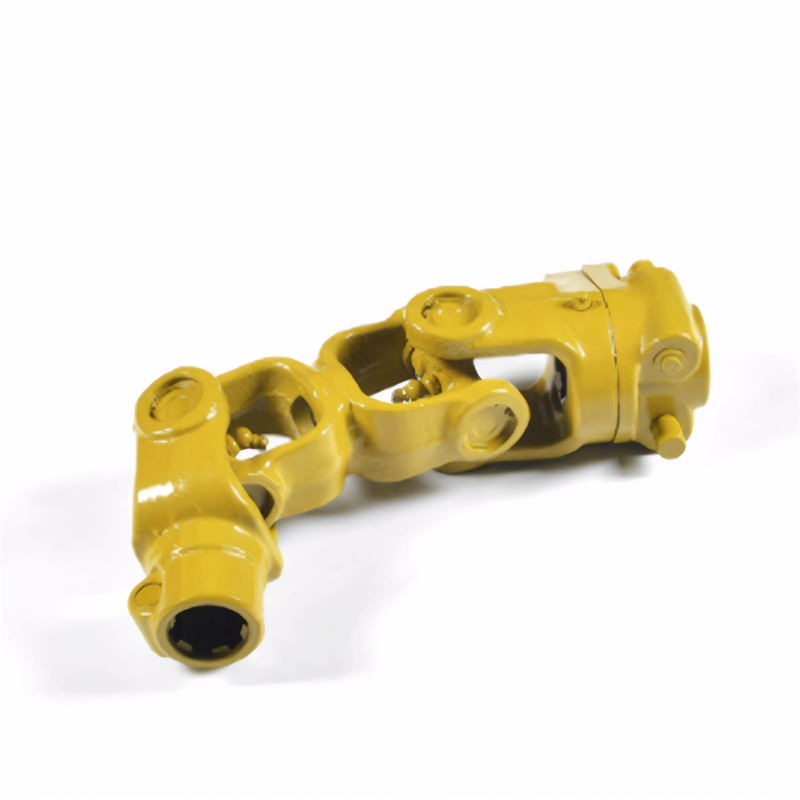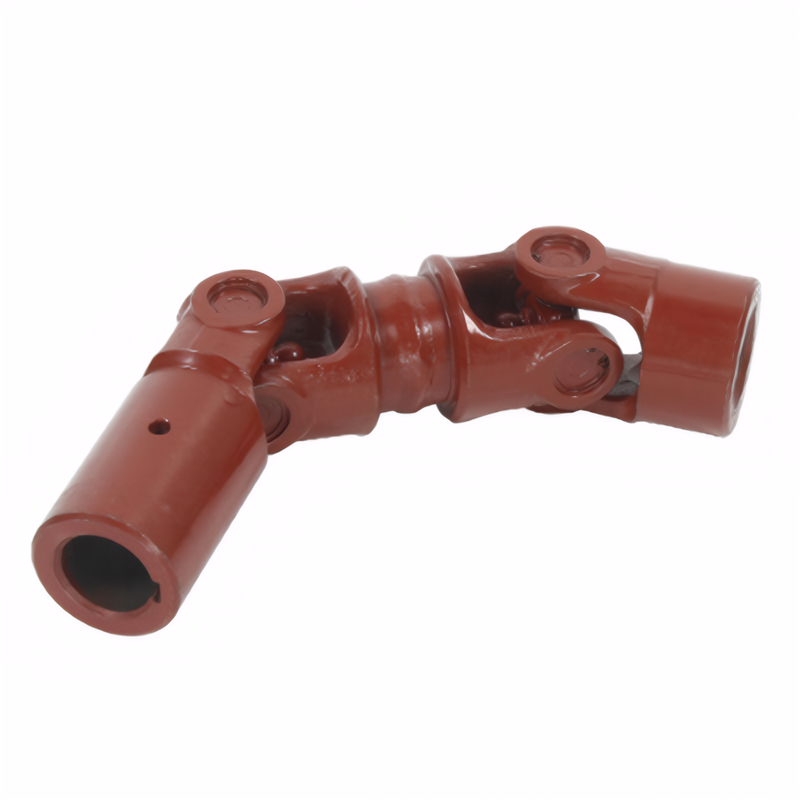The installation clearance of the drive shaft expansion joint
Transmission Shaft Slip Joint Installation Clearance: Key Considerations
Importance of Proper Installation Clearance for Transmission Shaft Slip Joints
The installation clearance of a transmission shaft slip joint is a critical factor that directly impacts the performance and longevity of the entire drivetrain system. A slip joint, also known as a telescoping or sliding joint, allows the transmission shaft to change its length slightly during operation. This flexibility is essential to accommodate the relative movement between the transmission and the differential as the vehicle travels over uneven terrain or experiences changes in load.
If the installation clearance is not set correctly, it can lead to a host of problems. Insufficient clearance may cause the slip joint to bind, restricting its ability to move freely. This can result in excessive stress on the transmission shaft and its associated components, leading to premature wear and potential failure. On the other hand, excessive clearance can cause the slip joint to rattle or produce abnormal noises during operation, indicating a lack of proper engagement and potential misalignment issues.
Factors Influencing Installation Clearance Requirements
Vehicle Type and Application
Different types of vehicles have varying requirements for transmission shaft slip joint installation clearance. For example, off-road vehicles that are subjected to more extreme terrain and larger changes in suspension travel require a greater amount of clearance compared to passenger cars that operate primarily on smooth roads. The increased clearance in off-road vehicles allows the slip joint to accommodate the larger vertical movements of the differential relative to the transmission without binding.
In commercial vehicles, such as trucks and buses, the installation clearance requirements are also influenced by the vehicle's payload capacity and the frequency of load changes. Heavy-duty trucks that carry large loads may need a slightly larger clearance to account for the additional deflection of the chassis and drivetrain components under load.
Slip Joint Design and Construction
The design and construction of the slip joint itself play a significant role in determining the appropriate installation clearance. Slip joints can be of different types, such as splined slip joints or friction-type slip joints, each with its own set of clearance requirements.
Splined slip joints rely on the engagement of splines to transfer torque while allowing for axial movement. The clearance between the splines must be carefully controlled to ensure smooth engagement and disengagement without excessive play. Friction-type slip joints, on the other hand, use friction between two mating surfaces to transmit torque and allow for movement. The installation clearance in these joints affects the amount of friction generated and, consequently, the torque transmission capacity and the ability to move freely.
Operating Conditions
The operating conditions of the vehicle also influence the installation clearance of the slip joint. Vehicles that operate in cold climates may experience thermal contraction of the drivetrain components, which can reduce the available clearance. In such cases, a slightly larger initial clearance may be necessary to account for this contraction and prevent binding during cold starts.
Similarly, vehicles that operate in high-temperature environments may experience thermal expansion of the components, which can increase the clearance. It is important to consider these thermal effects when setting the installation clearance to ensure that the slip joint functions properly throughout the vehicle's operating range.
Steps to Determine and Set the Correct Installation Clearance
Consult Vehicle Manufacturer Specifications
The first step in determining the correct installation clearance for a transmission shaft slip joint is to consult the vehicle manufacturer's specifications. The manufacturer provides detailed guidelines on the recommended clearance range for each specific vehicle model and drivetrain configuration. These specifications are based on extensive testing and engineering analysis and are designed to ensure optimal performance and reliability.
The manufacturer's specifications may include information on the minimum and maximum allowable clearance values, as well as any special considerations for different operating conditions or vehicle applications. It is essential to follow these specifications precisely to avoid potential problems and ensure that the slip joint functions as intended.
Measure Existing Clearance (if applicable)
If the transmission shaft slip joint is being replaced or reinstalled, it is important to measure the existing clearance before making any adjustments. This can be done using a feeler gauge or a similar measuring tool. Insert the feeler gauge between the mating surfaces of the slip joint to determine the current clearance value.
Compare the measured clearance with the manufacturer's specifications. If the measured clearance is outside the recommended range, adjustments will be necessary to bring it within the specified limits.
Make Adjustments to Achieve Correct Clearance
To adjust the installation clearance of the transmission shaft slip joint, you may need to modify the position of the components or use shims or spacers. If the clearance is too small, you can try moving the slip joint components slightly apart or adding thin shims between the mating surfaces to increase the clearance.
Conversely, if the clearance is too large, you can move the components closer together or remove some of the existing shims to reduce the clearance. It is important to make small, incremental adjustments and re-measure the clearance after each adjustment to ensure that you are moving in the right direction and not over-adjusting.
Once the correct clearance has been achieved, tighten all the bolts and nuts to the manufacturer's specified torque values to secure the components in place. Double-check the clearance after tightening to ensure that it has not changed due to the tightening process.
Post-Installation Checks and Maintenance
Functional Testing
After setting the installation clearance of the transmission shaft slip joint, it is crucial to perform a functional test to ensure that it is working properly. Start the engine and engage the transmission in gear. Listen for any abnormal noises, such as rattling or grinding, which may indicate incorrect clearance or improper engagement of the slip joint.
Drive the vehicle at different speeds and over various road conditions to check for any vibration or binding in the drivetrain. If any issues are detected, stop the vehicle and recheck the installation clearance to make any necessary adjustments.
Regular Maintenance
Regular maintenance is essential to ensure that the transmission shaft slip joint maintains its correct installation clearance over time. Periodically inspect the slip joint for signs of wear, such as worn splines or damaged mating surfaces. If any wear is detected, the slip joint may need to be replaced or reconditioned.
Also, check the bolts and nuts securing the slip joint components for tightness. Over time, these fasteners may loosen due to vibration, which can affect the clearance and the overall performance of the slip joint. Tighten any loose fasteners to the manufacturer's specified torque values during regular maintenance intervals.
 Accuracy requirements for the
Accuracy requirements for the
 Selection of universal joint t
Selection of universal joint t
 Standard for coaxiality error
Standard for coaxiality error
 Requirements for the surface r
Requirements for the surface r
 简体中文
简体中文 English
English
